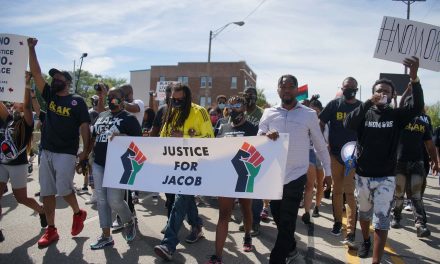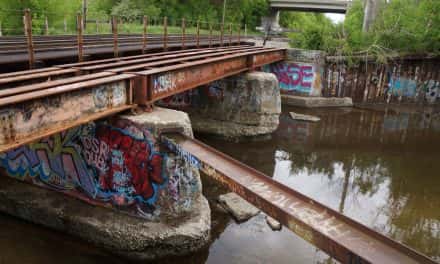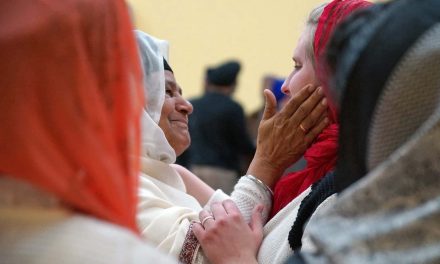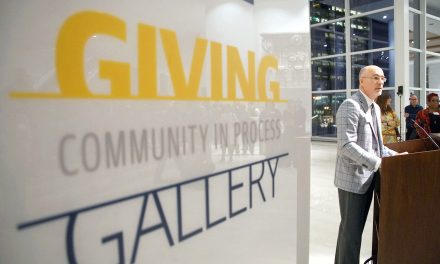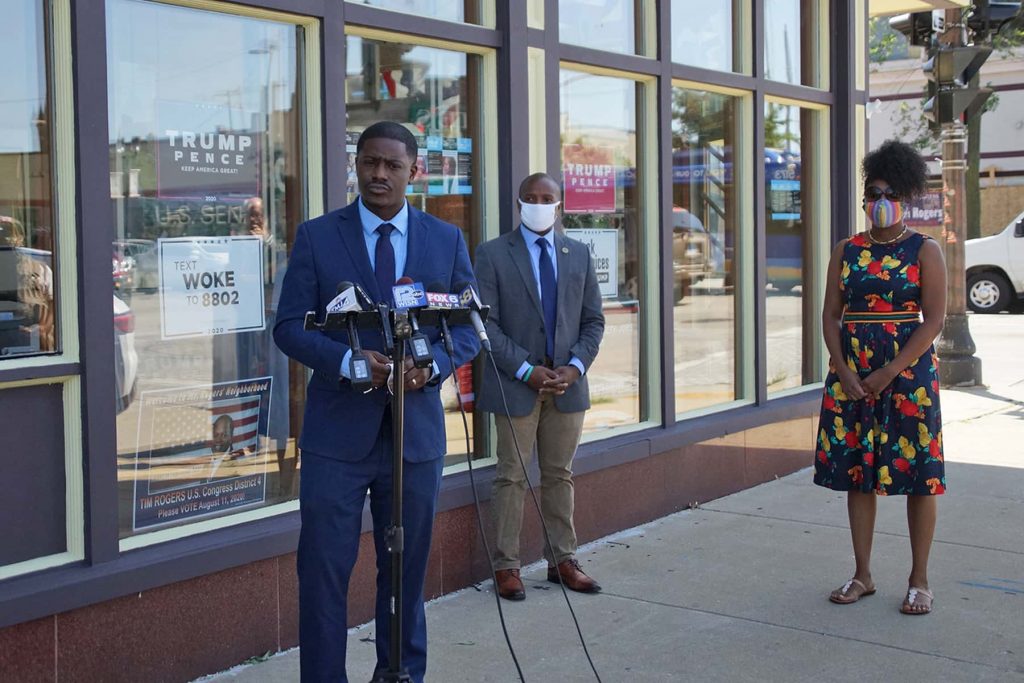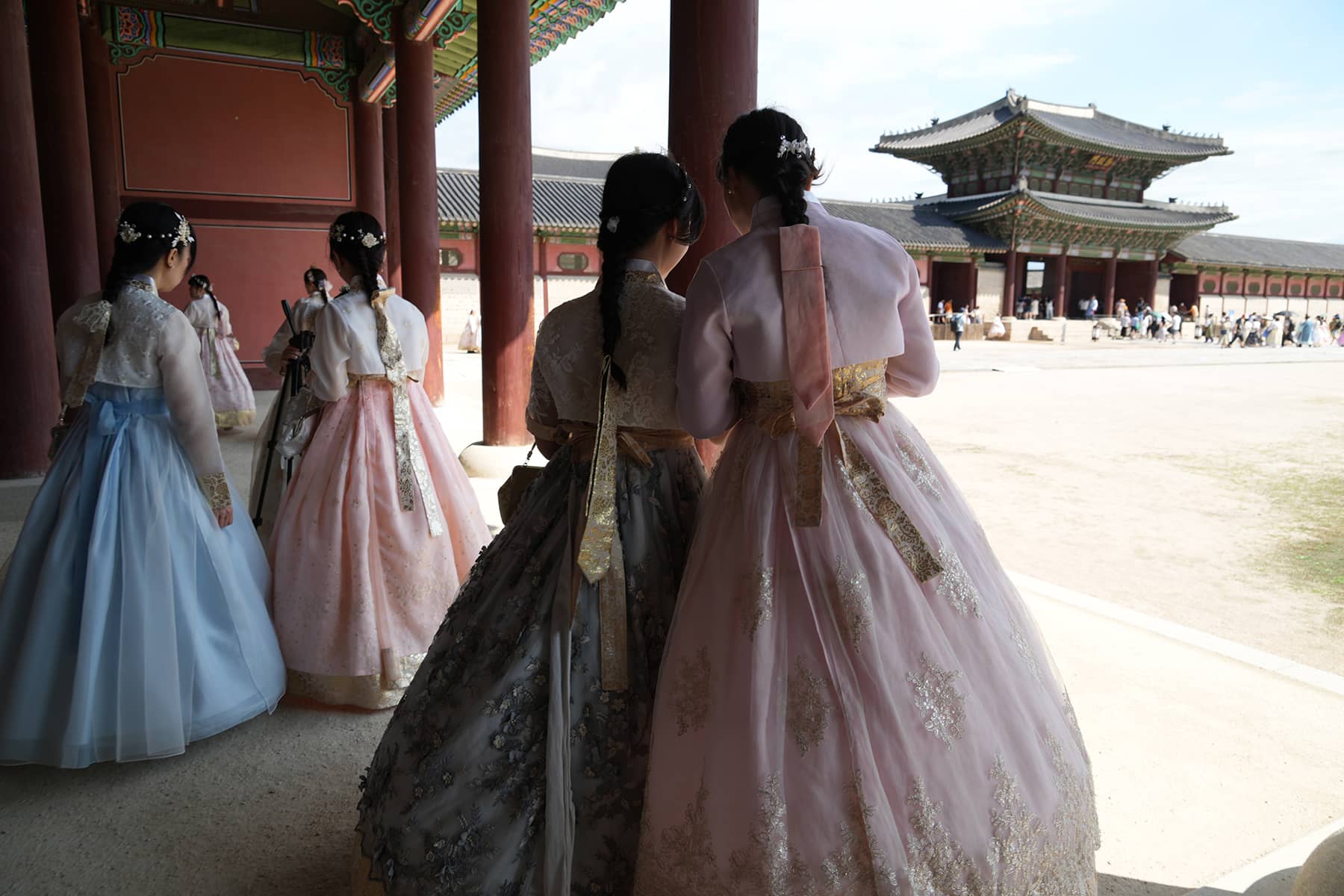
The Republic of Korea, known for its modern advancements in technology and popular culture, is equally celebrated for its deep-rooted heritage and rich historical sites that date back millennia.
The capital city of Seoul serves as the epicenter of a cultural intersection, where traditional Korean values and contemporary progress blend together. From bustling marketplaces to ancient palaces, the city tells the story of a nation that cherishes its past while racing toward the future.
Across the country, Korean heritage is a source of national pride, deeply significant to both its people and the global community. Cultural sites are not just remnants of a bygone era, or limited to Seoul. They continue to live on and stretch across the country, each cherished by the people of South Korea as symbols of their past, unity, and cultural foundation.
This photo essay focuses on some of the most iconic cultural sites in South Korea. Along with a visual exploration, short summaries are included for context about their historical significance for Korean heritage and the world.
Deoksugung Palace (덕수궁)
One of the “Five Grand Palaces” built during the Joseon Dynasty, Deoksugung Palace stands out for its blend of traditional Korean architecture and Western influences. Originally a residence for the royal family, it became a palace during the Japanese occupation in the early 20th century. The site is known for its stone-wall road and Seokjojeon, a neoclassical building that was added to the complex in the early 1900s.
What makes Deoksugung special is its symbolic representation of Korea’s tumultuous history during the late Joseon Dynasty and its forced opening to Western powers. Despite foreign influence, Deoksugung remains a monument to Korea’s independent spirit.
The changing of the royal guard ceremony that takes place in front of the palace each day is a reminder of the continuity of Korea’s royal traditions. Deoksugung stands as a reminder of Korea’s rich royal history and capacity to adapt and endure foreign pressures while maintaining a distinct cultural identity.
Gyeongbokgung Palace (경복궁)
Located against the majestic backdrop of Bugaksan Mountain, Gyeongbokgung Palace is not only the largest of the “Five Grand Palaces” built during the Joseon Dynasty (1392–1897) but also the most historically significant. Completed in 1395, three years after the Joseon Dynasty was established, the palace was the royal residence and the heart of government for centuries. It is an architectural masterpiece that symbolizes the era’s philosophy of governance, Confucian ideals, and reverence for nature. The name Gyeongbokgung means “Palace Greatly Blessed by Heaven.”
It was designed to embody both grandeur and harmony with the natural landscape, integrating the surrounding mountains and rivers into its architectural layout. The design reflects Korean geomancy or Pungsu-jiri, similar to the Chinese practice of feng shui which emphasizes balance between human-made structures and the natural environment.
Despite its beauty, Gyeongbokgung also bears the scars of Korea’s turbulent history. During the Japanese occupation of Korea (1910–1945), much of the palace was destroyed, and only about a third of its original structures remain today. However, the palace’s ongoing restoration, which began in the late 20th century, is an example of the country’s dedication to preserving its cultural identity.
Namsangol Hanok Village (남산골 한옥마을)
While Gyeongbokgung highlights Korea’s royal and political past, Namsangol Hanok Village offers an intimate glimpse into the everyday life of Koreans during the Joseon era. Located at the foot of Namsan Mountain in central Seoul, Namsangol Hanok Village features restored traditional Korean homes known as hanok, which exemplify the architecture and lifestyle of the aristocracy and common people from the 14th to the early 20th centuries.
Hanok are characterized by their elegant simplicity and functionality, designed to harmonize with nature. The structures incorporate ondol, a traditional Korean underfloor heating system, and utilize natural materials such as wood, stone, and clay. Each hanok in the village showcases different elements of daily life, from ceremonial spaces to the rooms where families dined and rested.
For many South Koreans, Namsangol Hanok Village represents a living connection to the way of life of their ancestors. It is a place where traditional crafts, performances, and cultural practices like tea ceremonies are regularly demonstrated. These activities help preserve age-old customs in an era of digitalization and globalization, serving as a cultural bridge between the past and the present.
Gyeongju Gyochon Traditional Village (경주 교촌한옥마을)
The Gyeongju Gyochon Traditional Village offers a unique chance to experience what life was like during the Silla Dynasty. Gyeongju, once the capital of the Silla Kingdom, is a living museum of Korean history, and the Gyochon Village features traditional hanok alongside crafts workshops where visitors can learn about Korean calligraphy, pottery, and traditional tea ceremonies. The village is not just a recreation, it is an active community where locals continue to live and practice traditions that have been passed down through generations.
Hwaseong Haenggung Palace (화성행궁)
Located in Suwon, just south of Seoul, Hwaseong Haenggung Palace was built during the reign of King Jeongjo in the late 18th century as a retreat and military base. What makes Hwaseong remarkable is its architecture, integrating military defense structures into its design, an innovation during its time. The palace is part of the Hwaseong Fortress, a UNESCO World Heritage Site, and reflects the strategic and aesthetic advancements of late Joseon Korea.
Bulguksa Temple (불국사)
Located in Gyeongju, Bulguksa Temple is one of South Korea’s most famous cultural landmarks. Built during the Silla Dynasty in 528 AD, it remains an important site for Korean Buddhism and is home to several national treasures, including two stone pagodas: Dabotap and Seokgatap. The temple is a UNESCO World Heritage Site and represents the pinnacle of Buddhist architecture and art in Korea.
The temple’s harmonious blend with the surrounding nature represents the Korean philosophy of han, which emphasizes the interconnectedness of all things. Bulguksa’s architectural layout is a physical representation of the Buddhist journey towards enlightenment, with each structure symbolizing different stages of spiritual development.
The Meaning of Korean Heritage (한국 문화유산)
For South Koreans, heritage is more than just a series of landmarks or historic artifacts. It is a living, breathing part of their identity. In preserving these cultural sites, South Korea not only protects its history but also ensures that future generations, both Korean and foreign, can engage with the values and traditions that shaped the nation. In a rapidly evolving world, these landmarks stand as timeless reminders of the cultural wealth that lies at the heart of South Korea.
- Exploring Korea: Stories from Milwaukee to the DMZ and across a divided peninsula
- A pawn of history: How the Great Power struggle to control Korea set the stage for its civil war
- Names for Korea: The evolution of English words used for its identity from Gojoseon to Daehan Minguk
- SeonJoo So Oh: Living her dream of creating a "folded paper" bridge between Milwaukee and Korean culture
- A Cultural Bridge: Why Milwaukee needs to invest in a Museum that celebrates Korean art and history
- Korean diplomat joins Milwaukee's Korean American community in celebration of 79th Liberation Day
- John T. Chisholm: Standing guard along the volatile Korean DMZ at the end of the Cold War
- Most Dangerous Game: The golf course where U.S. soldiers play surrounded by North Korean snipers
- Triumph and Tragedy: How the 1988 Seoul Olympics became a battleground for Cold War politics
- Dan Odya: The challenges of serving at the Korean Demilitarized Zone during the Vietnam War
- The Korean Demilitarized Zone: A border between peace and war that also cuts across hearts and history
- The Korean DMZ Conflict: A forgotten "Second Chapter" of America's "Forgotten War"
- Dick Cavalco: A life shaped by service but also silence for 65 years about the Korean War
- Overshadowed by conflict: Why the Korean War still struggles for recognition and remembrance
- Wisconsin's Korean War Memorial stands as a timeless tribute to a generation of "forgotten" veterans
- Glenn Dohrmann: The extraordinary journey from an orphaned farm boy to a highly decorated hero
- The fight for Hill 266: Glenn Dohrmann recalls one of the Korean War's most fierce battles
- Frozen in time: Rare photos from a side of the Korean War that most families in Milwaukee never saw
- Jessica Boling: The emotional journey from an American adoption to reclaiming her Korean identity
- A deportation story: When South Korea was forced to confront its adoption industry's history of abuse
- South Korea faces severe population decline amid growing burdens on marriage and parenthood
- Emma Daisy Gertel: Why finding comfort with the "in-between space" as a Korean adoptee is a superpower
- The Soul of Seoul: A photographic look at the dynamic streets and urban layers of a megacity
- The Creation of Hangul: A linguistic masterpiece designed by King Sejong to increase Korean literacy
- Rick Wood: Veteran Milwaukee photojournalist reflects on his rare trip to reclusive North Korea
- Dynastic Rule: Personality cult of Kim Jong Un expands as North Koreans wear his pins to show total loyalty
- South Korea formalizes nuclear deterrent strategy with U.S. as North Korea aims to boost atomic arsenal
- Tea with Jin: A rare conversation with a North Korean defector living a happier life in Seoul
- Journalism and Statecraft: Why it is complicated for foreign press to interview a North Korean defector
- Inside North Korea’s Isolation: A decade of images show rare views of life around Pyongyang
- Karyn Althoff Roelke: How Honor Flights remind Korean War veterans that they are not forgotten
- Letters from North Korea: How Milwaukee County Historical Society preserves stories from war veterans
- A Cold War Secret: Graves discovered of Russian pilots who flew MiG jets for North Korea during Korean War
- Heechang Kang: How a Korean American pastor balances tradition and integration at church
- Faith and Heritage: A Pew Research Center's perspective on Korean American Christians in Milwaukee
- Landmark legal verdict by South Korea's top court opens the door to some rights for same-sex couples
- Kenny Yoo: How the adversities of dyslexia and the war in Afghanistan fueled his success as a photojournalist
- Walking between two worlds: The complex dynamics of code-switching among Korean Americans
- A look back at Kamala Harris in South Korea as U.S. looks ahead to more provocations by North Korea
- Jason S. Yi: Feeling at peace with the duality of being both an American and a Korean in Milwaukee
- The Zainichi experience: Second season of “Pachinko” examines the hardships of ethnic Koreans in Japan
- Shadows of History: South Korea's lingering struggle for justice over "Comfort Women"
- Christopher Michael Doll: An unexpected life in South Korea and its cross-cultural intersections
- Korea in 1895: How UW-Milwaukee's AGSL protects the historic treasures of Kim Jeong-ho and George C. Foulk
- "Ink. Brush. Paper." Exhibit: Korean Sumukhwa art highlights women’s empowerment in Milwaukee
- Christopher Wing: The cultural bonds between Milwaukee and Changwon built by brewing beer
- Halloween Crowd Crush: A solemn remembrance of the Itaewon tragedy after two years of mourning
- Forgotten Victims: How panic and paranoia led to a massacre of refugees at the No Gun Ri Bridge
- Kyoung Ae Cho: How embracing Korean heritage and uniting cultures started with her own name
- Complexities of Identity: When being from North Korea does not mean being North Korean
- A fragile peace: Tensions simmer at DMZ as North Korean soldiers cross into the South multiple times
- Byung-Il Choi: A lifelong dedication to medicine began with the kindness of U.S. soldiers to a child of war
- Restoring Harmony: South Korea's long search to reclaim its identity from Japanese occupation
- Sado gold mine gains UNESCO status after Tokyo pledges to exhibit WWII trauma of Korean laborers
- The Heartbeat of K-Pop: How Tina Melk's passion for Korean music inspired a utopia for others to share
- K-pop Revolution: The Korean cultural phenomenon that captivated a growing audience in Milwaukee
- Artifacts from BTS and LE SSERAFIM featured at Grammy Museum exhibit put K-pop fashion in the spotlight
- Hyunjoo Han: The unconventional path from a Korean village to Milwaukee’s multicultural landscape
- The Battle of Restraint: How nuclear weapons almost redefined warfare on the Korean peninsula
- Rejection of peace: Why North Korea's increasing hostility to the South was inevitable
- WonWoo Chung: Navigating life, faith, and identity between cultures in Milwaukee and Seoul
- Korean Landmarks: A visual tour of heritage sites from the Silla and Joseon Dynasties
- South Korea’s Digital Nomad Visa offers a global gateway for Milwaukee’s young professionals
- Forgotten Gando: Why the autonomous Korean territory within China remains a footnote in history
- A game of maps: How China prepared to steal Korean history to prevent reunification
- From Taiwan to Korea: When Mao Zedong shifted China’s priority amid Soviet and American pressures
- Hoyoon Min: Putting his future on hold in Milwaukee to serve in his homeland's military
- A long journey home: Robert P. Raess laid to rest in Wisconsin after being MIA in Korean War for 70 years
- Existential threats: A cost of living in Seoul comes with being in range of North Korea's artillery
- Jinseon Kim: A Seoulite's creative adventure recording the city’s legacy and allure through art
- A subway journey: Exploring Euljiro in illustrations and by foot on Line 2 with artist Jinseon Kim
- Seoul Searching: Revisiting the first film to explore the experiences of Korean adoptees and diaspora















































































































































